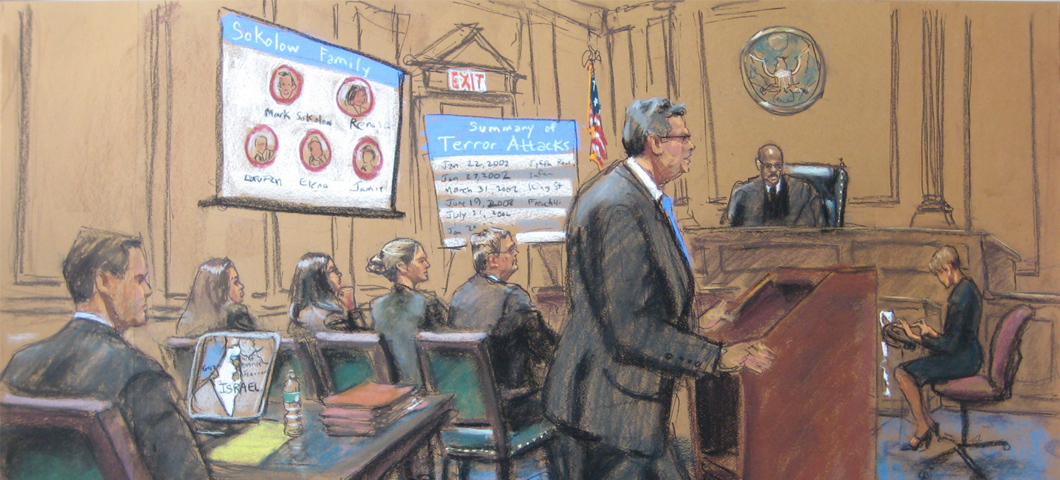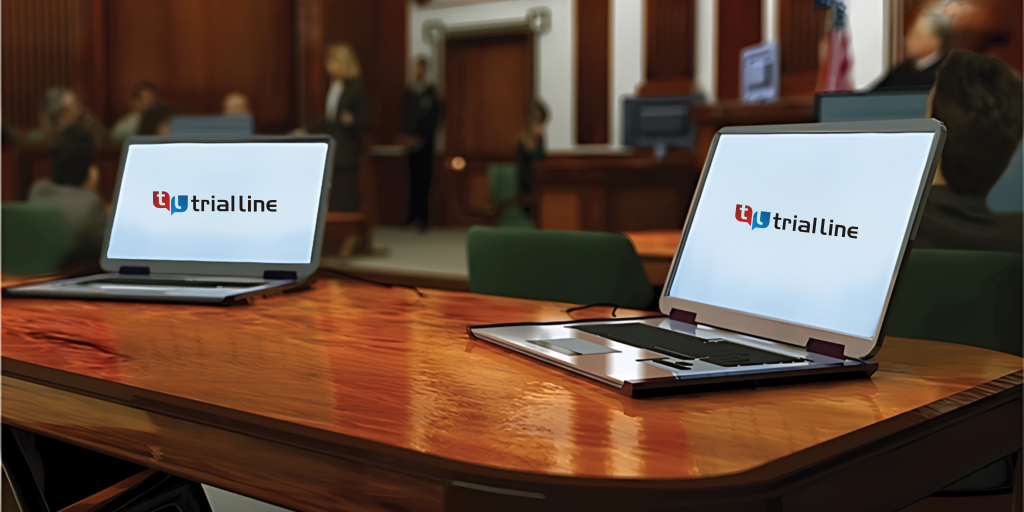Winning cases often depends on well-prepared trial presentations that simplify arguments.
Wiki Article
How Trial Presentations Enhance Your Argument and Convince Jurors
Trial discussions act as an essential mechanism for improving legal disagreements and persuading jurors. By incorporating aesthetic help, narrative structures, and emotional involvement, lawyers can create a compelling case that reverberates on multiple degrees. The critical usage of visuals not only makes clear intricate details but also catches jurors' interest a lot more effectively than words alone. The art of storytelling plays a similarly vital role in transforming valid evidence right into a compelling story, shaping jurors' understandings. Comprehending these elements can substantially impact test outcomes, increasing the inquiry of exactly how each part adds to this complex dynamic.
Importance of Visual Aids
Aesthetic aids play a critical duty in improving the efficiency of test discussions, as they can considerably boost target market involvement and retention of information. In the context of a trial, where jurors are tasked with handling facility information, aesthetic help serve to simplify and make clear key factors. Charts, graphs, and photos can communicate information and concepts that may otherwise overwhelm or confuse jurors, permitting a much more straightforward understanding of the proof presented.Additionally, aesthetic aids help in keeping juror focus throughout the procedures. By breaking the uniformity of verbal testimony, these tools can punctuate important arguments, making them extra memorable. Reliable visual aids can also stimulate psychological reactions, which can be critical in persuading jurors to align with the presenter's story.

Crafting Compelling Stories
An engaging narrative is necessary in test discussions, as it offers as the foundation of reliable persuasion. It permits lawyers to weave together facts, evidence, and emotional elements into a coherent story that reverberates with jurors. This narrative structure enables jurors to understand the intricacies of the case while guiding them with the attorney's disagreement.To craft an engaging narrative, lawyers ought to focus on quality and comprehensibility. In addition, the use of vibrant descriptions can create psychological images that aid jurors visualize the events, making the narrative extra memorable.
Additionally, integrating vital themes throughout the presentation strengthens the core message and help in retention - trial presentations. The story must not only convey info but also evoke a feeling of justice, highlighting the stakes entailed. Ultimately, a see sound story fosters a connection between the jurors and the case, placing the lawyer's debate anchor as both reliable and engaging, therefore enhancing the probability of a desirable verdict

Engaging the Jury Psychologically
Efficient jury involvement hinges on the lawyer's ability to connect with jurors on a psychological level. This connection can substantially affect jurors' assumptions and their supreme decision-making.Aesthetic aids, such as pictures or videos, can additionally improve psychological interaction, giving jurors with vivid representations of the instance's human components. Crafting a story that highlights the struggles and triumphs of the individuals involved makes certain that jurors see beyond the legal disagreements and acknowledge the human repercussions of their choices.
Moreover, tone and body language play a critical role in sharing feeling. A lawyer's passionate shipment can resonate with jurors, enhancing their emotional investment in the event. It's important to balance emotional appeals with valid proof, making sure that jurors feel obliged to act while remaining based in the fact. Eventually, an emotionally engaged jury is more probable to be encouraged, making psychological connection a crucial part of efficient trial presentations.
Structuring Your Discussion

The body of the presentation should be rationally fractional right into bottom lines, each sustained by compelling evidence. It is useful to make use of narration strategies to weave truths into a narrative that jurors can quickly adhere to. Aesthetic help, such as charts and videos, can boost comprehension and engagement, aiding to highlight crucial items of proof.
Real-World Situation Research Studies
Checking out real-world situation studies supplies indispensable understandings right into the art of trial discussions and persuasion. The protection team efficiently utilized an approach that incorporated high-profile specialist testimonies with multimedia presentations, which astounded jurors and ultimately affected their decision.
Another remarkable instance is the "McDonald's Coffee Instance," where the plaintiff's attorneys used visuals images of the injuries sustained by Stella Liebeck. trial presentations. This plain aesthetic evidence played an important duty in sharing the severity of her burns, causing a considerable jury honor. Such instances show that impactful trial discussions frequently depend upon the reliable combination of visuals and narration to stimulate psychological reactions from jurors
Additionally, the "Casey Anthony Trial" highlighted the importance of narrative coherence and reputation. The prosecution's failure to develop a compelling timeline lessened their influential power, highlighting the need of a well-structured discussion. Analyzing these cases discloses that successful test discussions need tactical preparation, emotional interaction, and the capability to resonate with jurors' values and ideas.
Final Thought
Test presentations significantly enhance arguments and encourage jurors through the critical use of visual aids, engaging stories, and psychological engagement. A well-structured presentation balances psychological charms with valid proof, eventually reverberating with jurors' values.Report this wiki page